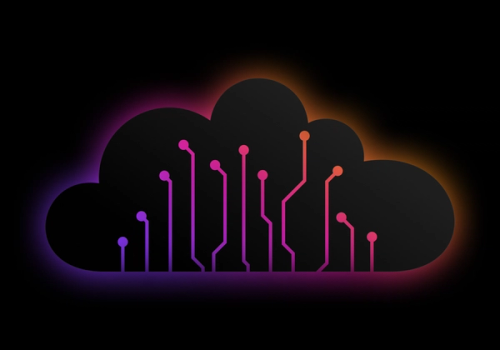Controlling the chaos of generative AI
Leila Nouri2024-07-23 | 6 min read

Weaving Generative AI (GenAI) into your company’s core processes has the power to transform your business. There’s just one catch, and it’s a big one – it’s still a risky endeavor, so tread lightly.
Ungoverned and risky models can kill your business and harm your corporate brand, quickly and irreparably. Whether they do so by propagating biases against certain customer segments, placing faulty models into the hands of decision-makers, or the result from shadow AI projects lacking oversight – the financial, reputational, and legal risks of GenAI are real.
The good news is that there’s a path to taming this GenAI jungle and mitigating these risks, so your business comes out on top. Here are five ways to create guardrails that put responsible generative AI into practice, and unleash its potential to transform your business. Producing trustworthy GenAI models requires a multi-faceted, policy-based approach across people, workflows, processes and technology. Here are five strategies for making GenAI more governed and responsible.
Instill fairness throughout development
Detect and mitigate biases: Proactively identify and remove biases in training data and algorithms to ensure AI doesn't perpetuate societal inequalities that touch customers, create PR nightmares, and destroy your brand.
Embed and test diversity: Incorporate diverse perspectives and data sources throughout the GenAI prompt and model development process to avoid building models that favor specific groups. Domino allows you to seamlessly incorporate human-generated ground truth and real-world data into the process to test the fairness of your GenAI models and prompts, along with model accuracy.
Focus resources on safety and reliability
Test and check safety: Implement safeguards and monitoring systems to prevent AI from causing harm or making critical mistakes. By challenging models with diverse and adversarial inputs, you can ensure they perform reliably as intended, and don't malfunction in unexpected situations.
Domino gives you a single pane of glass to consolidate and control all of your GenAI models, artifacts, and work in one place. Domino also adds a review and approval process to models in staging, before risky models ever enter production. This lets you isolate unforeseen errors and shut down bad models before they impact customers and your reputation.
Prioritize privacy and security
Anonymize data first: Only collect and use the minimum amount of data necessary and anonymize sensitive data like Personally Identifiable Information (PII) whenever possible. Use synthetic data where possible to avoid exposing or accidentally using PII.
Secure storage and transmission: Implement robust security controls to protect data from unauthorized access, breaches, and manipulation. Domino offers granular Role-Based Access Control (RBAC) to limit access to specific models, data, and compute resources that can be traced back to each user. Domino comes with built-in encryption at rest and in transit and lets you keep all of your GenAI data wherever it resides today – within regional boundaries – so you can preserve data locality for compliance with laws like the EU’s GDPR. This helps avoid fines and the reputational risks of data breaches.
Communicate a data usage policy: Clearly document, and then communicate how data is collected, used, and stored, allowing internal users and customers to make informed decisions about their privacy.
Track model lineage and ensure reproducibility: Domino tracks all GenAI model lineage (including versions of data, environments, user actions taken, comments, experiment results and more) in a single pane of glass, so all work is 100% reproducible. This is important for both internal teams who want to reuse existing models as their knowledge base, and for regulators who need to replicate model results and review AI documentation.
Create a transparent foundation
Document model interpretability and performance: Even if we can never explain how exactly a GenAI model arrives at a specific answer or inference, you can document GenAI model goals in Domino and as your single source of truth to make models more observable. Domino brings all GenAI collaborators together on a single shared canvas and clearly documents the entire development process, including environments, code, data, and all lineage, as well as potential risks and limitations. Model owners can comment and communicate about models, creating a searchable record and shared knowledge base, and improving iteration over time.
Track and enforce accountability
Assign ownership and responsibility: Domino lets you assign model owners and invite collaborators, tracking all comments about a model alongside all work and model artifacts and lineage, in one project canvas. Domino also tracks all user actions taken, to simplify audits, and accountability.
Conclusion
By actively applying these principles throughout the AI lifecycle, and doing it on one trustworthy AI platform built for enterprises, you can confidently unleash the power and potential of GenAI to transform your business, while protecting it. Check out the Responsible GenAI white paper to learn more.
Leila Nouri, Director of Product Marketing at Domino Data Lab, is an innovative and data-driven product marketing leader with 15+ years of experience building high-performing teams, go-to-market campaigns, and new revenue streams for startups and Fortune 500 companies.



